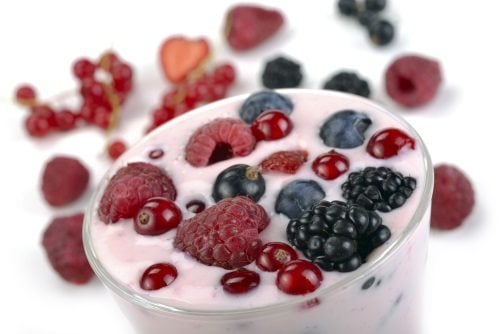About 25% of US adults specially seek out foods and beverages with high amounts of probiotics or prebiotics, according to the 2017 National Consumer Survey conducted by Packaged Facts.
With the increased focus on their potential in recent years, probiotics have emerged as one of the biggest trends today in the food and beverage industry.
These products range from the familiar (i.e., yogurt, kefir, kombucha, and infant nutrition) to the cutting edge (probiotics in soda, coffee, tea, soups and even beer).
Regardless of their mainstream status or lack thereof, probiotic and prebiotics products are inherently associated with the hottest wellness trends.
These products intertwine themselves with superfood trends, nutritional hot topics, and functional areas—ranging from ancient grains to sports nutrition—further splintering the overall probiotic and prebiotic fortification trend.
“Given the core importance of gut health, this suggests continued potential for growth of probiotic- and prebiotic-containing foods, as consumers continue to learn more about them and next-generation products make their case in the market,” says David Sprinkle, research director.
Among probiotic and prebiotics proponents, Millennials ages 18-34 have relatively higher interest in probiotic foods and beverages compared to Gen Xers and Baby Boomers, a revelation keeping with the elevated interest in functional foods generally among Millennials.
Beyond Millennials, there is an even higher interest in probiotics among those who shop for food in the natural channel, which retains its role as the most significant retail sector for food and nutritional trends.










